Viscose is one of the most popular raw materials in the textile industry. It is as soft as silk but much cheaper and particularly kind to the skin. It is known for its softness, breathability, and drape. It can also be dyed easily and is often used as a substitute for natural silk or cotton. It provides comfort when worn and gives a visual sheen to clothing. Although viscose is one of the favorites of many shoppers, there are things you should know before considering buying this material.
A brief history of viscose
Viscose rayon has a truly European story. French scientist and industrialist Hilaire de Chardonnet (1839-1924) is credited with inventing the first commercial viscose fiber, as a cheaper alternative to silk. However, the fabric was so flammable it was quickly taken off the market until a safer process was developed by the German Bemberg Company. In 1892, British scientists Charles Frederick Cross, Edward John Bevan, and Clayton Beadle discovered and patented the production process, and by 1905 the first commercial viscose rayon was on the market.
How is viscose made?
Viscose is a semi-synthetic fabric that is made from wood pulp, usually from beech, eucalyptus, pine, or bamboo trees. The process of making viscose involves several chemical steps that transform the cellulose from the wood into a viscous solution that can be spun into fibers. The main chemicals used are sodium hydroxide and carbon disulfide, which are both toxic and harmful to the environment. Viscose has some desirable properties, such as being soft, lightweight, breathable, and absorbent. It can also hold dye well and mimic the appearance of silk. However, viscose also has some drawbacks, such as being prone to shrinking, wrinkling, and pilling. Viscose is not considered a fully natural or synthetic fabric, but rather a hybrid of both.
Environmental Considerations in Viscose Fabric Production
When considering sustainability, viscose is not an environmentally friendly option, due to water waste in the production process, saturation of chemicals, and destruction of local ecosystems. Here are some things to consider before choosing to purchase viscose:
1. Deforestation. While the wood to make viscose can be sustainably harvested, it oftentimes does not come from sustainably grown forests, wiping out large natural forests and negatively impacting local ecosystems.
2. Toxic chemicals. The production of viscose uses a high concentration of toxic chemicals that pollute the air and water. Sulfur, nitrous oxides, carbon, disulfide, and hydrogen sulfide are found in air emissions around viscose manufacturing sites. Although the chemicals can be reused across the production cycle, it is not a perfect process, and production for other types of rayon, like modal, tencel, and lyocell, is cleaner.
3. Water waste. Viscose production uses a lot of water, both in watering the trees and in the process of turning those trees into fabric.
Viscose is biodegradable and made from a renewable resource, however, the environmental impact of producing viscose is still high.
 |
| Several viscose-made clothing I’ve collected are ready to be upcycled. |
If you are like me and don’t like ironing clothes, then try to avoid getting viscose-made clothing. Because it easily wrinkles and shrinks over time, you will find it annoying and ugly looking, hence, not wearing it anymore.
In our household alone, I’ve collected old viscose-made clothing pieces that my stepdaughters either outgrown and/or don’t want anymore, including a couple of viscose dresses that owned for years. Most of the viscose-made clothing is made with colorful and attractive prints and colors, which I find quite disappointing if it goes to waste.
For months, I’ve been figuring out how I can upcycle those old viscose clothing into something that I could enjoy and love. One day, I thought of experimenting with the materials using my hubby’s old white cotton shirt as a base and taking advantage of the viscose’s softness turning them into ruffles.
Inspired by some of the pieces of Italian Designer Giambattista Valli, I decided to cut all the dresses into strips and sewn them closely together creating a colorful and fluffy, impressionist kind of effect.
It was a very tedious task, I admit. After cutting them into strips, I had to sew the edges to avoid losing threads. There are times that I handsewn the ruffles before permanently sewn them onto the base cotton shirt.
It took me over a week to finish this fluffy dress, and I felt satisfied with the result. I managed to upcycle 10 viscose-made clothing pieces, including my husband’s old white cotton shirt. It looks eccentric and suits my dopamine style of clothing.
Check the final look!
What do think of this dress? If you enjoy my DIY and upcycling blog, please check my other posts here.


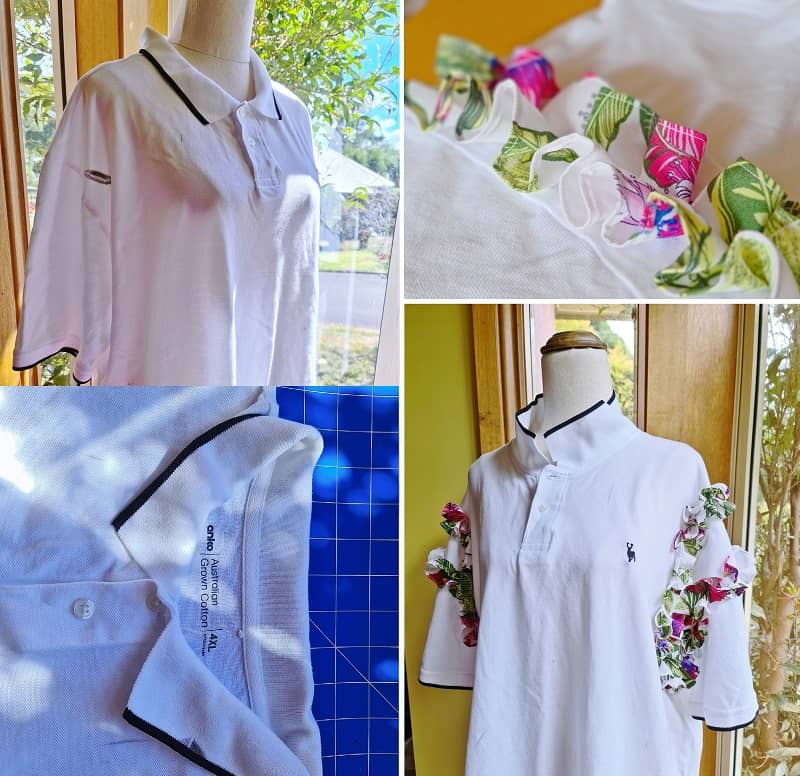

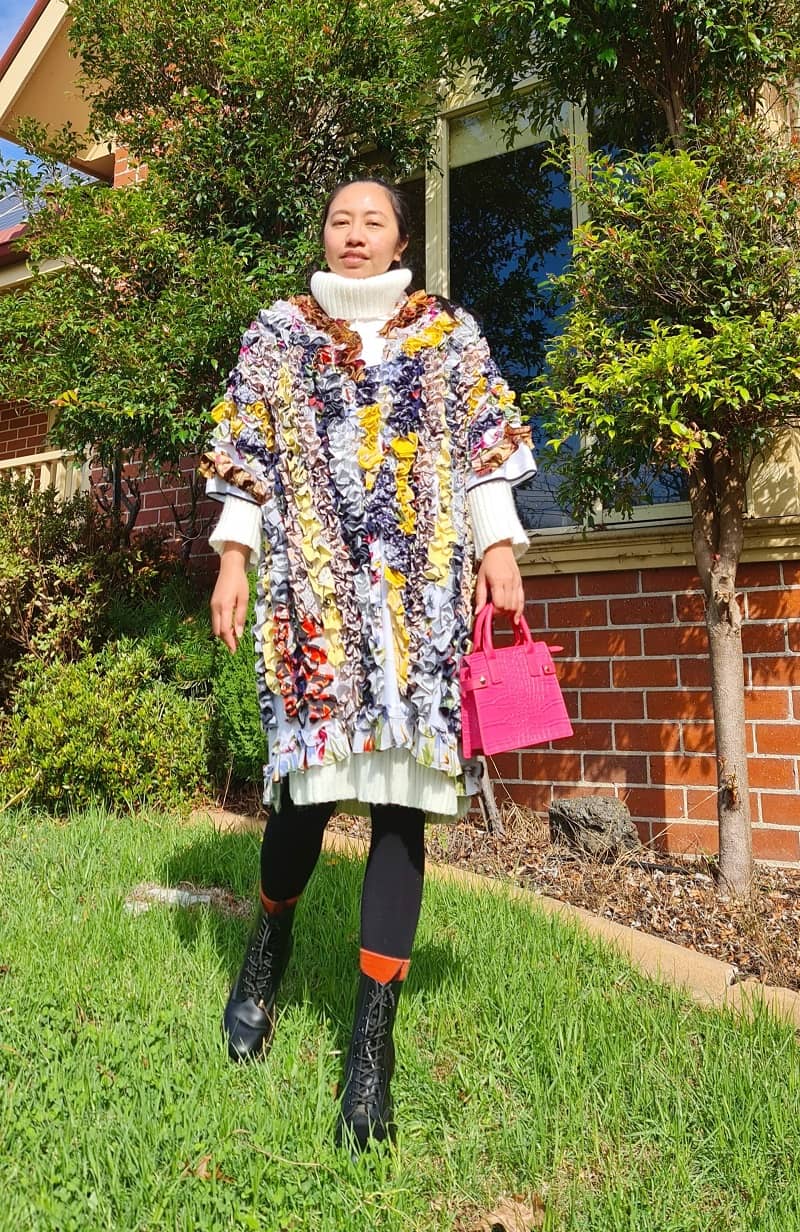

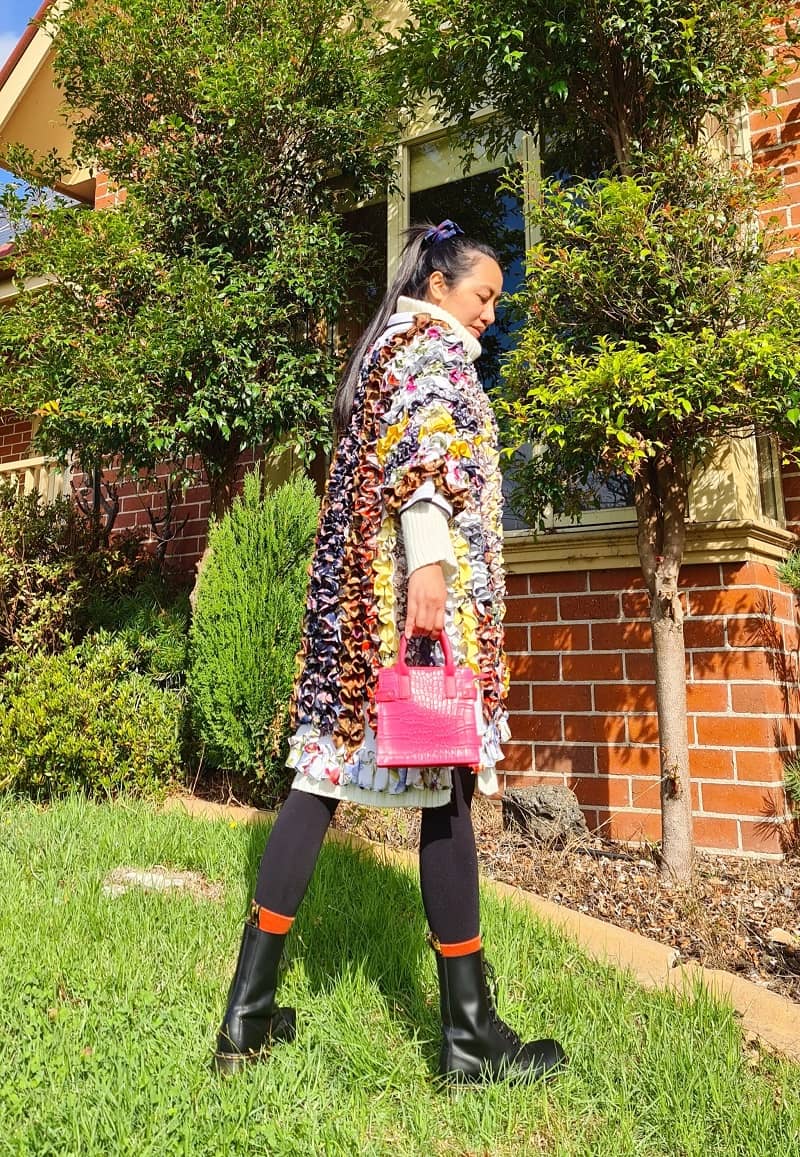























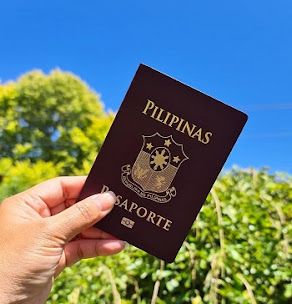



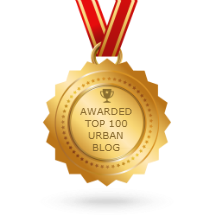
Post a Comment